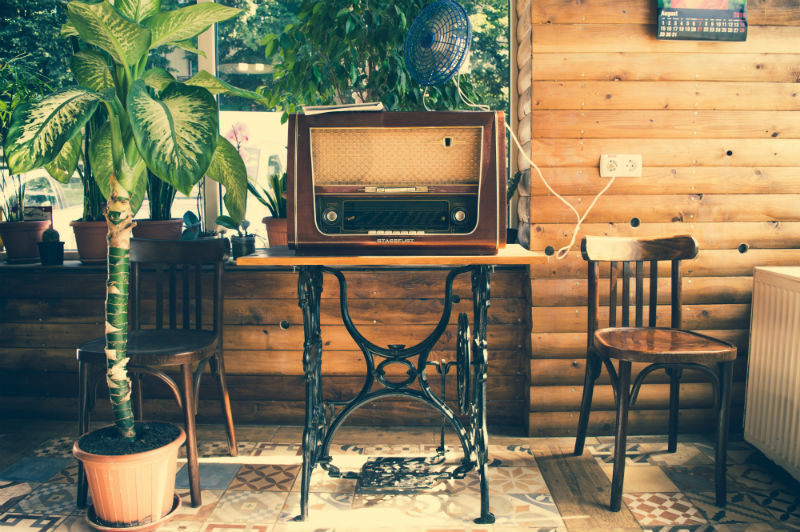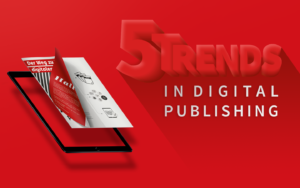Who listens to what, why and how
Podcast, web radios and audiobooks are becoming increasingly popular and moving ever more into the focus of media makers. (statistics). This means that not only is the medium through which the content is heard changing, but so too is what is listened to and how it is heard. And these changes offer potential – one more reason to take a closer look at forthcoming developments and opportunities in the audio market.
Technology opens up new auditory worlds
In the beginning was the radio. Only later was it joined by mobile variants such as cassettes or CDs, which, however, required additional players and thus presented obstacles to unlimited audio consumption.
It was only with the smaller MP3 players that listening became an almost endless pleasure, limited only by the amount of gigabyte memory. And even this problem has since been solved by web-based streaming portals, such as Spotify, iTunes and Amazon, and numerous web radio offers and podcasts which are available anytime and anywhere via smartphone, laptop, TV, or smart speaker There are no longer any obstacles in the path of uncomplicated, unlimited audio consumption – and you can tell.
Opportunity makes the listener
The act of listening can take place anywhere and at almost any time: driving, cooking, light DIY and renovation work, cleaning, gardening, shopping, homework, or in a crowded train in the morning. You listen above all when your hands are full in the truest sense of the word and you have to direct your gaze to other things. It is rare to listen to music or an audiobook consciously, without doing anything else.
This development is influenced by two things in particular: the opportunities for listening are increasing and so too is the desire – perhaps also the pressure – to make ones time effective and meaningful. Opportunities are arising from increased mobility and easier access to audio content, as well as from a better connection between devices and offerings. The desire to make life as effective and fulfilling as possible is accompanied by the desire to be successful in ones career, to be there for friends and family, while still engaging in numerous hobbies and leisure activities. This time-pressure leads to behavioural optimization. And the need to find out about a special topic, a hobby or world events, or to further our education leads to us consuming more media in the course of our daily routines, for instance, listening to audio content during sports activities.

Less music, more content
Not surprisingly, less music was listened to 2017 with more news, entertainment, books, information, and sports news being listened to instead.
After all, you learn something through this kind of content. Or you can be entertained while performing necessary tasks or boring activities, such as cleaning. In short, audio takes the tedium out of those daily chores and is entertaining or educational to boot. What more could one ask for? (statistics).
Interim conclusion
Thanks to technology and, if you like, a self-optimization process, the audio trend is picking up speed. However there is an art to ensuring that users are not disappointed and that the effort put into audio content is worthwhile for the media makers. In the next article we take a look at upcoming audio trends and examine how audio content should be produced and prepared for optimal use.
Read in our blog soon which upcoming trends will influence the audio market.

